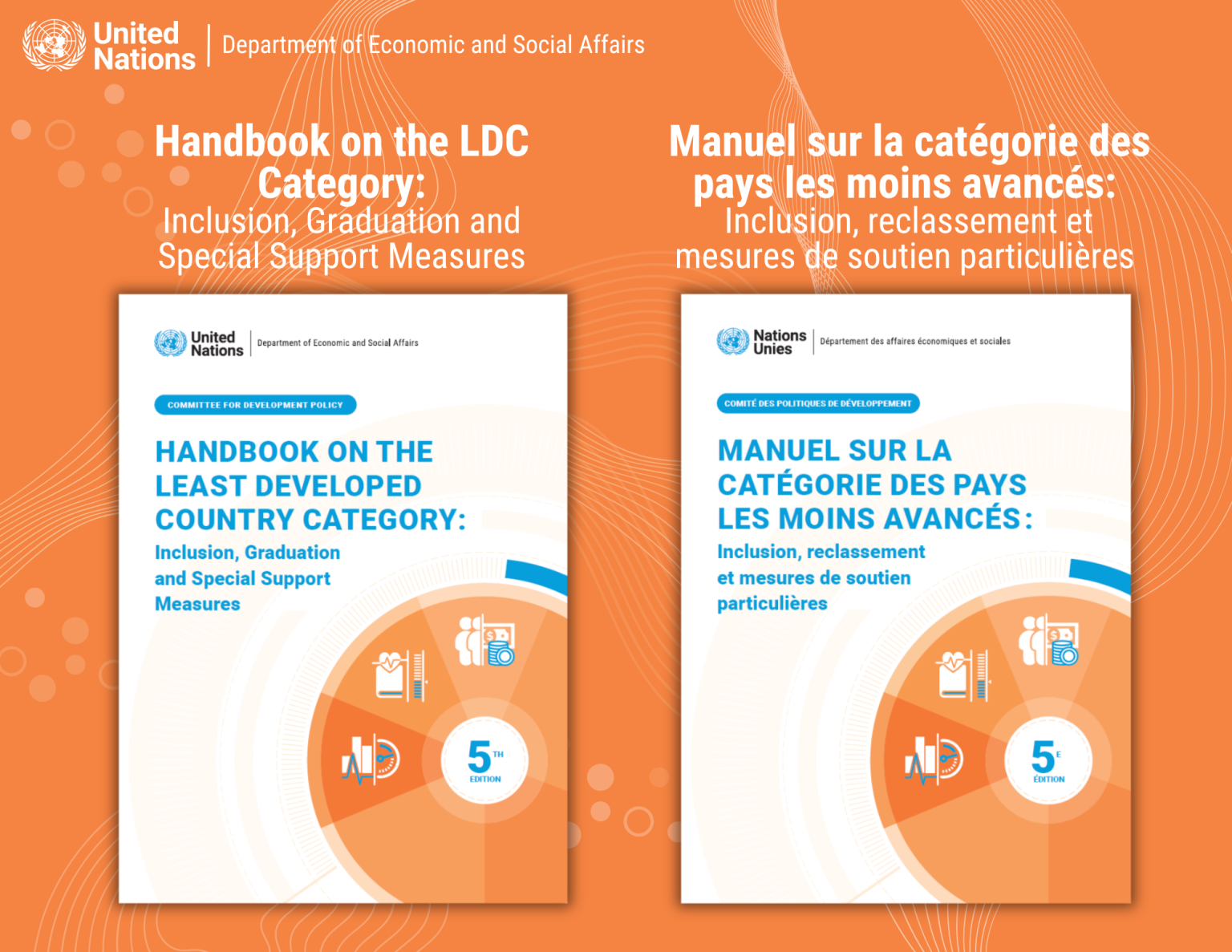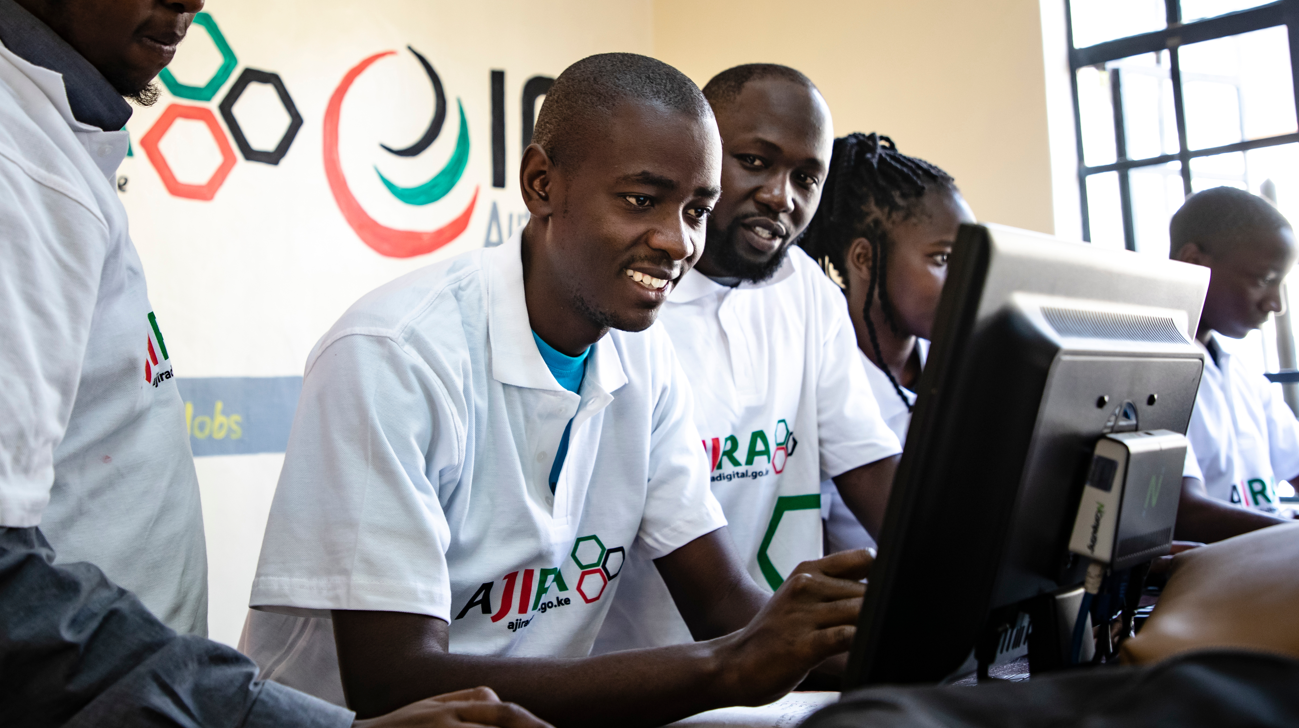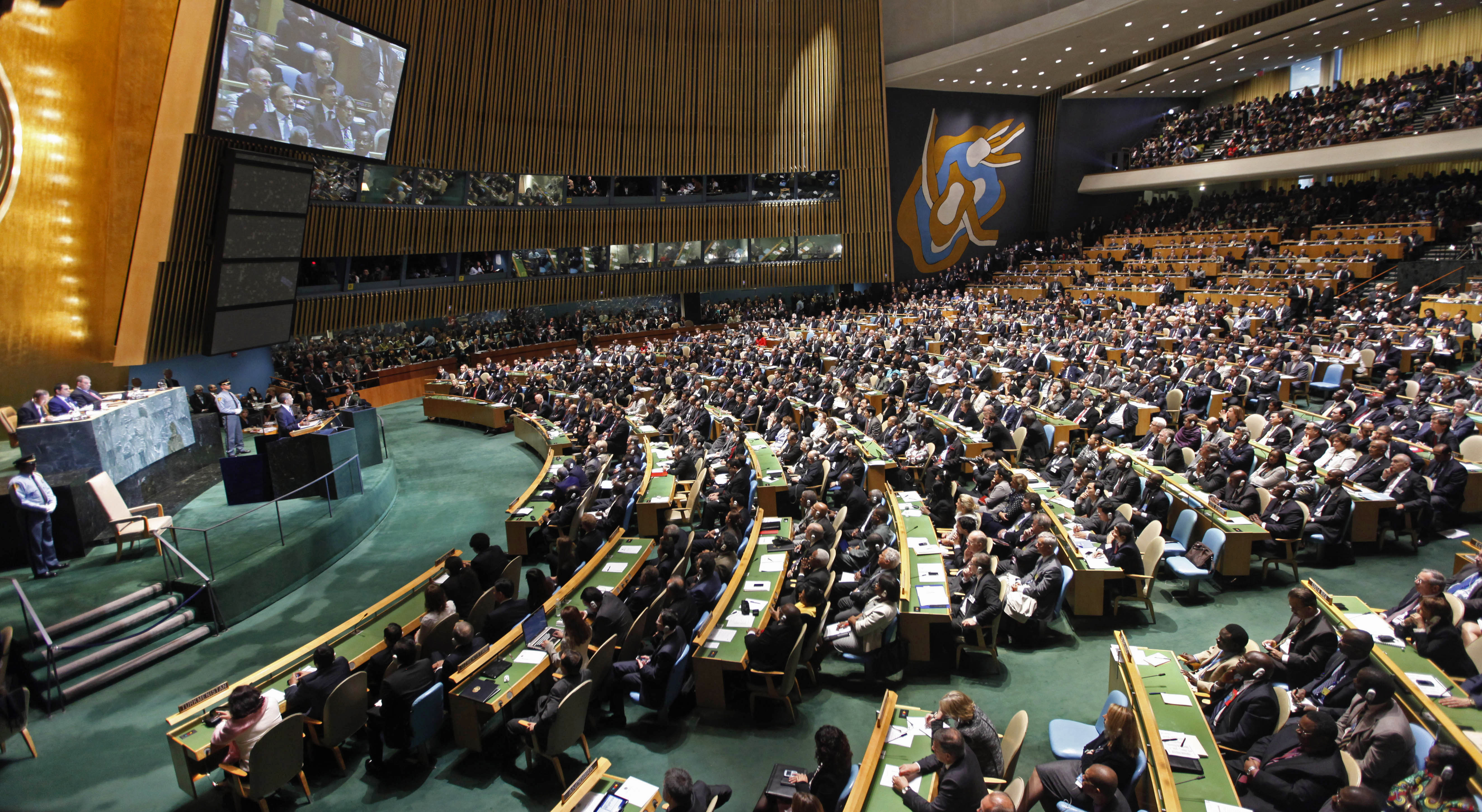A sudden escalation of trade tensions has sent shockwaves through the global economy, dampening growth prospects while fueling uncertainty and inducing financial market volatility.
News & Events

The global automotive market is experiencing transformative shifts, with China emerging as a leading force in electric vehicle (EV) production and exports. In contrast, traditional powerhouses like Germany, Japan, the Republic of Korea, and the United States are facing stiff competitiveness challenges.
After seeing near-zero interest rates in major economies in the aftermath of COVID-19, the world economy has experienced rapid monetary tightening since early-2022 (UNDESA, 2024a). Persistent inflationary pressures during the second half of 2021 due to stronger-than-expected recovery in demand, and supply shortages brought along the most aggressive monetary tightening in decades.

The Handbook on the Least Developed Country Category contains comprehensive and authoritative information on criteria defining the category, graduation procedures, and international support measure

Given the strong interactions between domestic debt and the broader economy, policymakers must carefully weigh its associated trade-offs while determining the optimal debt structure to minimize chances of domestic debt default.

Many MICs require international support to address current and long-term challenges. Eligibility criteria that rely only on income per capita limit available support ? including access to concessional finance ? without accounting for MICs? multidimensional development needs.

The world economy is in the doldrums, with weak economic growth, stubborn inflation and rising interest rates in the major developed economies clouding the near-term economic outlook. Legacy effects of the COVID-19 pandemic, the protracted war in Ukraine, exacerbating effects of climate change are impeding a rebound of global growth.

Global growth prospects have weakened significantly amid the war in Ukraine, rising energy, food and commodity prices, soaring inflation and tightening monetary policy stances by major central banks.

Global growth outlook has weakened, amid unresolved trade tensions and elevated international policy uncertainty, according to the World Economic Situation and Prospects as of mid-2019. Across both developed and developing countries, growth projections for 2019 have been downgraded.?
 Welcome to the United Nations
Welcome to the United Nations
